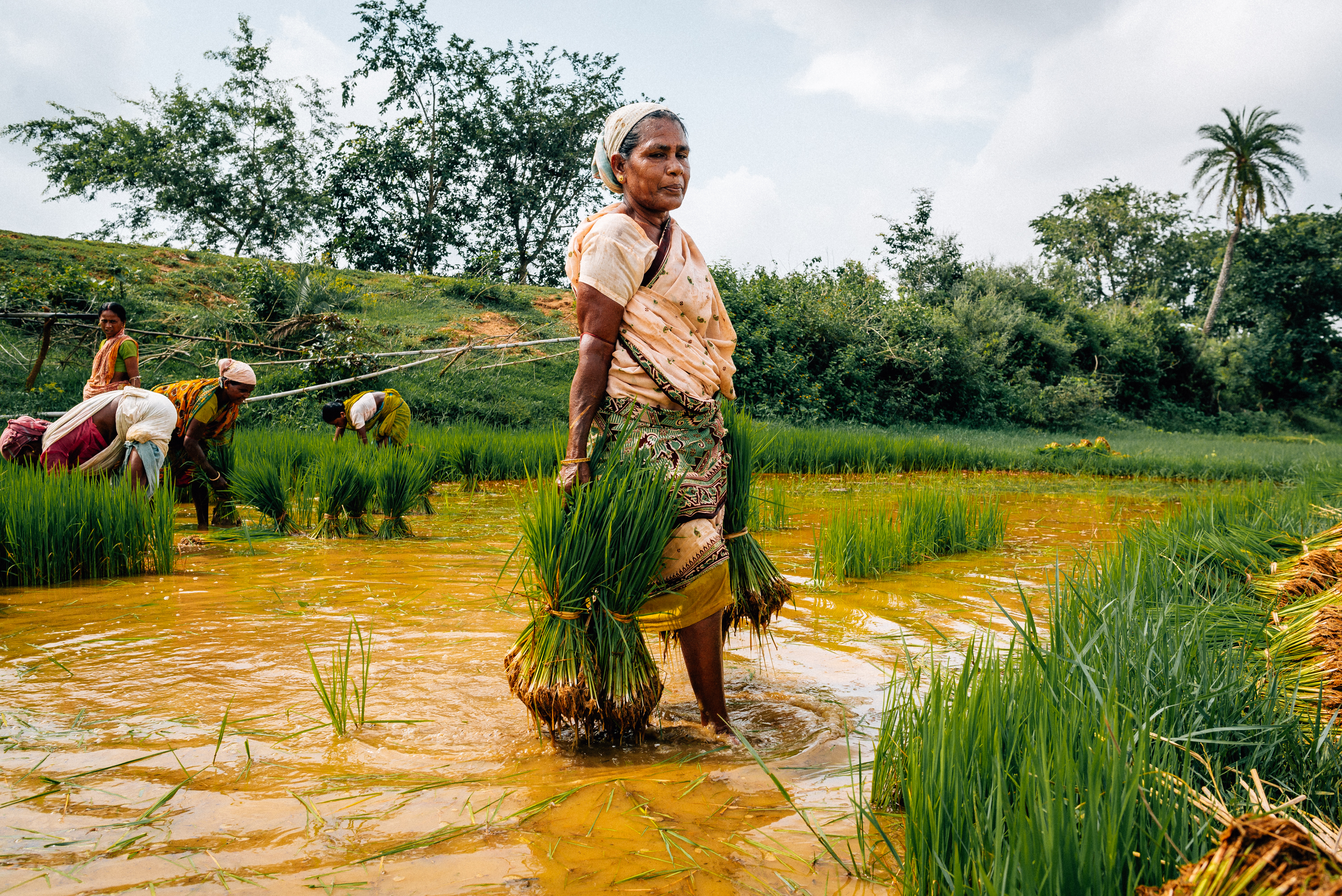
Image Source: Google
Rhinos, majestic creatures that roam the savannah, are not typically associated with agriculture. However, these incredible animals are playing a surprising role in modern farming practices. By studying the behavior of rhinos in their natural habitat, researchers and farmers have been able to adapt some of their strategies to improve agricultural techniques. Let's explore how rhinos are influencing modern agriculture.
The Role of Rhinos in Ecosystem Preservation
Before delving into how rhinos are influencing modern agriculture, it is important to understand the critical role these animals play in ecosystem preservation. Rhinos are considered keystone species, meaning they have a disproportionately large impact on their ecosystem relative to their abundance. Here are some ways in which rhinos contribute to ecosystem health:
Rhinos as Seed Dispersers
- Rhinos consume a variety of plants and fruits, and their digestive system helps to break down seeds.
- Through their droppings, rhinos spread seeds across vast areas, aiding in the regeneration and diversity of plant species.
Creating Habitat for Other Species
- Rhinos use their horns to uproot soil and vegetation, creating wallows and dust baths that serve as habitats for other animals.
- These wallows also provide water sources for smaller creatures during dry seasons.
Adapting Rhino Behavior for Sustainable Agriculture
Researchers and farmers have recognized the potential benefits of mimicking certain aspects of rhino behavior in agricultural practices. By incorporating these strategies, farmers can improve soil health, promote biodiversity, and increase overall sustainability. Here are some ways in which rhino behavior is being adapted for modern agriculture:
Rotational Grazing Techniques
- Similar to rhinos, farmers can implement rotational grazing systems to prevent overgrazing and promote healthy pasture growth.
- Rotational grazing allows land to rest and recover between grazing periods, mimicking the natural browsing patterns of rhinos.
Soil Aeration and Nutrient Cycling
- Rhinos aerate the soil with their horns, promoting nutrient cycling and microbial activity.
- Farmers can mimic this process by using cover crops, no-till farming, and agroforestry techniques to improve soil structure and fertility.
Protecting Rhinos for a Sustainable Future
While rhinos are providing valuable insights for modern agriculture, it is important to note that these animals are facing numerous threats to their survival. Poaching, habitat loss, and human-wildlife conflict have significantly reduced rhino populations in the wild. Conservation efforts are essential to protect these iconic creatures and ensure a sustainable future for both rhinos and agriculture. Here are some ways in which we can help protect rhinos:
Supporting Conservation Initiatives
- Donate to reputable organizations that are working to protect and conserve rhino populations.
- Get involved in advocacy efforts to raise awareness about the plight of rhinos and the need for their protection.
Promoting Sustainable Practices
- Choose sustainably sourced agricultural products that prioritize wildlife conservation and habitat protection.
- Support farmers and businesses that are implementing sustainable farming practices that benefit both the environment and wildlife.
Conclusion
Rhinos may seem like unlikely influencers in modern agriculture, but their role in ecosystem preservation and sustainable farming practices cannot be overlooked. By studying and adapting rhino behavior, researchers and farmers are discovering new ways to improve soil health, promote biodiversity, and enhance the sustainability of agricultural systems. As we continue to learn from these magnificent creatures, it is crucial that we also work to protect and conserve them for future generations.